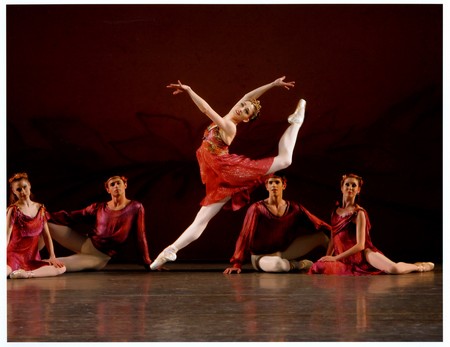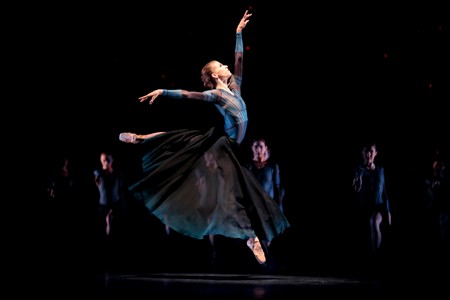History of Ballet
The beauty of ballet is in its simplicity. The dancers do not need to wear costumes to portray a character. They do not need many props to create a scene. Most of all, the story is told only through body movements, gestures, and facial expression. Words are never used; not even a whisper is heard from the dancers.
Like the mimes, ballet dancers use all of their body parts and facial expression as mediums of communication. This kind of skill is learned through extensive training in dance academies and ballet schools. Children as young as five learn the art of ballet dancing from teachers who are ballet dancers themselves. The movements, such as dancing on one’s toes or maintaining a position, are so difficult to execute even when the dancer has undergone sufficient training. And yet, so many students still flock to dance academies to learn ballet. Why? What makes ballet so special?

Dancing for the Royal Court
All through history, dancing has been a medium for men and women to express what they feel. Often, dancing is performed during festivities when everyone is celebrating. Ballet, as a form of dancing, was no different.
Ballet began as a form of entertainment for the Italian Renaissance court, and the dancers were noble men and women who were there to please their King or Queen. In court, they wore costumes, and danced on an elaborately decorated stage. Most of the time, the dancers had to wear masks to portray a certain character such as a fairy or an animal. Not only that, they had to use props to make the story as clear as possible for the audience to understand.
The French Connection
In ballet history, France is acknowledged as the place where ballet as an art truly developed. The dance was brought to the French court by Catherine de Medici when she became the Queen of France in 1547. She brought Balthazar de Beaujoyeulx, a gifted musician, with her to be her chief musician.
Among the numerous court productions made for the Queen, Le Ballet Comique de la Reine was the most celebrated. Historians consider it the first staging of ballet as we know it today. It was performed in 1581 in honor of a wedding. The story it told was of Circe, one of the Greek mythical characters who had the power to turn men into beasts. The ballet was a success and was often emulated all over Europe.

Dance Academies
The Ballet Comique de la Reine made France the capital of the ballet world. This reputation was further established when King Louis XIV, who loved dancing, founded the Royal Academy of Dancing to train professional dancers to perform for him and his court. Through the King’s academy, professional ballet was born.
Through serious training, the French ballet dancers developed skills that would have been impossible to do for amateurs. Companies of the same nature were established all over Europe. The most impressive of them was the Russian Imperial Ballet of St. Petersburg, which was founded in 1738.
The skills of the French dancers became widely known, and they began performing publicly in theatres. However, in 1760, the French choreographer Jean Georges Noverre’s criticism of the use of costumes and masks changed how the dance was performed. He complained that the dancers cared too much about showing their technical skills, and too little about the true purpose of ballet, which was to represent characters and express their feelings.
Noverre urged that ballet dancers should stop using masks, bulky costumes, and large wigs to illustrate or explain the plot and character. He declared that the dancers could express these things just as effectively by using only their bodies and faces. So long as the dancers were comfortable in executing the movements, they could show a range of emotions such as anger, joy, fear, and love. So long as the dancers did not look strained or uncomfortable doing difficult steps, they could show such emotions as anger, joy, fear, and love. Noverre developed the ballet d’action, which is a form of dramatic ballet that told the story completely through movement.

Modern Ballet
Ballet flourished as the dance grew more sophisticated and mature. New ballet techniques such as dancing on one’s toes were taught to women to make them appear as if they are dancing on air like fairies or angels. The male dancers functioned as porters, lifting the women to show how lightweight they are.
The manner of dressing also changed. Unlike the bulkiness of previous costumes, the light white skirt worn by Marie Taglioni, daughter of Italian choreographer Filippo Taglioni, made her look every bit like her character in La Sylphide (1832). As a fairy-like being, Marie danced with a skirt that ended between her knees and her ankles, and with her shoulders, neck, and arms bare for everyone to see.
Because of ballet’s universal appeal worldwide, the ballet dancers and choreographers took the techniques they have learned to other countries. They established schools and dance companies in Russia and the United States, producing noteworthy graduates such as Anna Pavlova, Vaslav Nijinsky, Maria Tallchief, Suzanne Farrell, Cynthia Gregory, Edward Villella, and Arthur Mitchell
